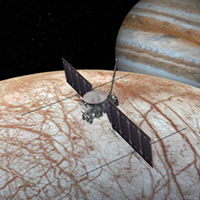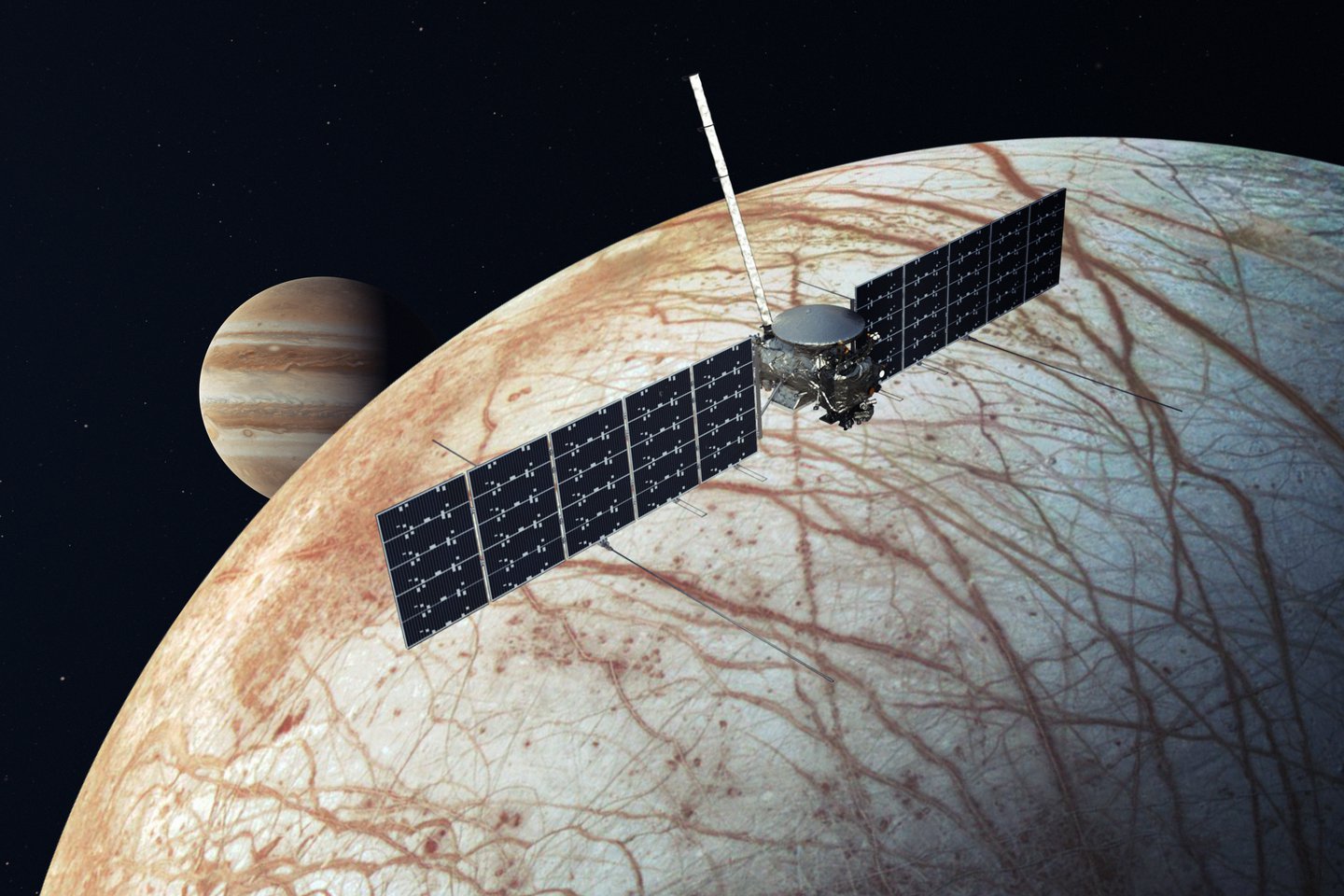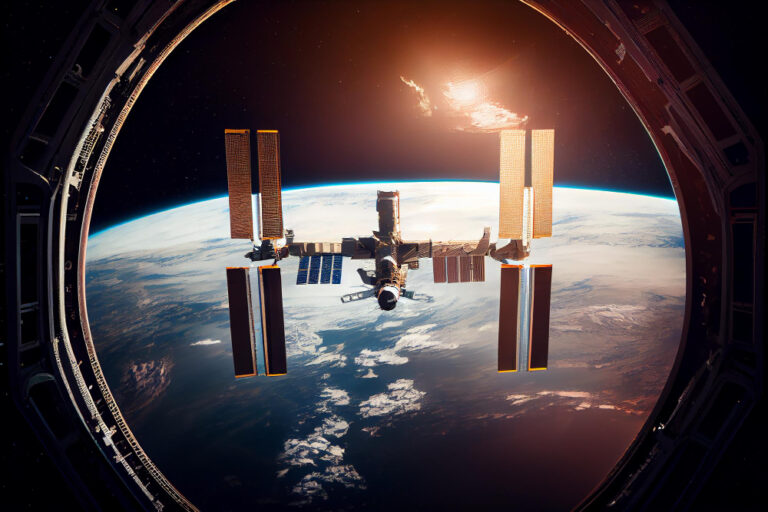I am thrilled to explore one of the most thrilling NASA’s Europa Clipper page in space exploration—the Europa Clipper. This groundbreaking task targets investigating the capacity for lifestyles beneath the icy surface of Jupiter’s moon, Europa.
The Goal of the Europa Clipper Mission

The primary intention of the Europa Clipper undertaking is to determine whether or not there are environments below Europa’s floor that could help lifestyles. Scientists agree that underneath its thick ice crust lies a tremendous ocean of liquid water, which might harbor crucial life substances. The venture will employ a suite of advanced medical gadgets to behavior distinctive surveys of Europa, specializing in three important targets:
- Understanding the Ice Shell and Ocean: The assignment will examine the thickness and composition of Europa’s ice shell and the underlying ocean, providing insights into the moon’s geophysical properties.
- Assessing the Moon’s Composition: By inspecting the floor materials, which include capability salts and organics, the task goal is to identify chemical compounds that could suggest the presence of life-helping environments.
- Investigating Geological Activity: The Clipper will search for signs of the latest geological hobby, consisting of plumes of water vapor that could erupt from the moon’s surface, suggesting dynamic tactics at play.
Through almost 50 flybys, the Europa Clipper will collect vital statistics, enhancing our know-how of not just Europa but also the broader possibilities of life beyond Earth.
The Europa Clipper venture guarantees to reshape our understanding of habitability inside the universe. What secrets will it unveil? Let’s keep our interest alive and discover the cosmos collectively!
Subscribe for extra insights on area exploration!



One reply on “What is one goal of the Europa Clipper Mission?”
[…] The advent of advanced manufacturing techniques, consisting of 3D printing, is reshaping how we build items in space. This era permits the manufacturing of components on-call, lowering the need to release all materials from Earth. By making use of resources observed in space, consisting of lunar regolith, we can create structures and gear immediately on other celestial bodies, enhancing sustainability and performance in space missions. […]